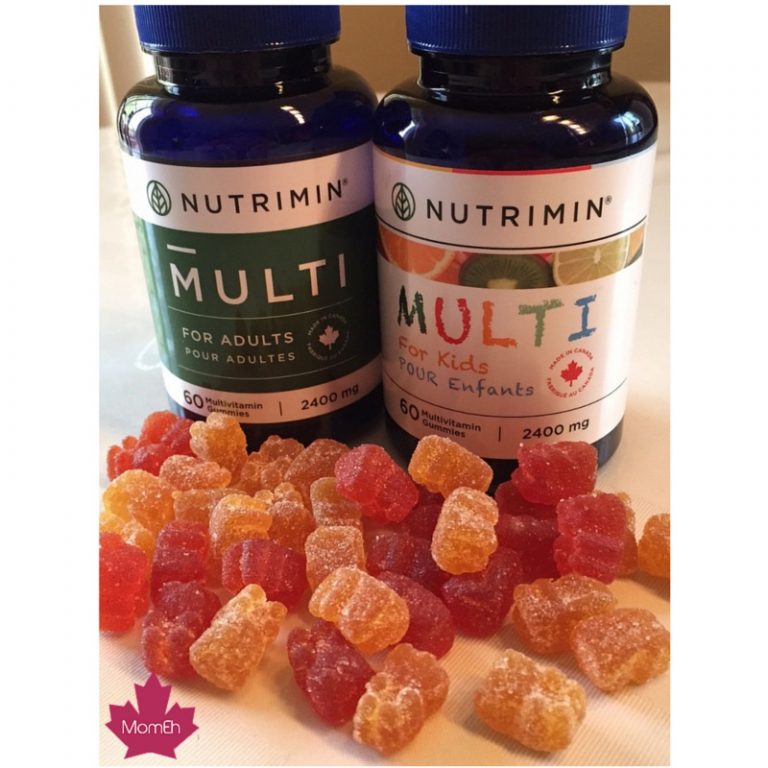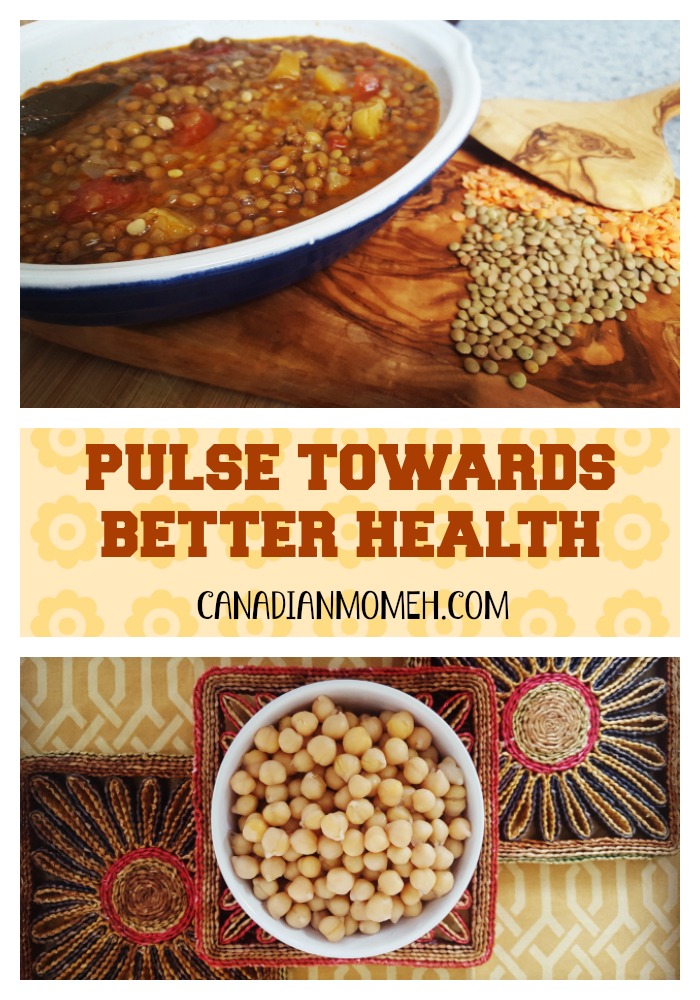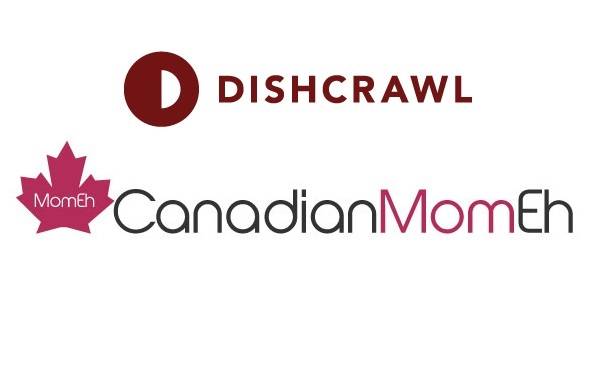The white stuff, not the right stuff!
By: Nida A. Mir, Registered Dietician
This week marks Health Canada’s campaign to reduce salt consumption by Canadians. Salt is the main culprit for blood pressure issues in men and women.
The basics on salt
Salt, or more specifically table salt contains a micronutrient called sodium, which is a nutrient that our body requires only a small amount of in comparison to other nutrients. Carbohydrates, protein and fat provide energy amongst other things. As a micronutrient, sodium has many roles in our body, primarily maintaining water balance in all the cells in our body, including our nerves and muscles. We need sodium for micro metabolic processes like turning sugar into energy in every cell in our body. As evil as sodium is made out to be, it is actually a vital nutrient that plays a very important role in our body when consumed in moderation.
What happens when you have too much sodium in your body?
Sodium attracts water. The more you consume, the more water will enter your bloodstream, shifting the amount of pressure on your heart. Your heart will now have to pump harder to distribute blood all over your body because of the tension it receives from the higher weight in the blood. This is why we give sodium a bad rap for increasing blood pressure. Since your kidneys also play a role in filtering out your blood stream, sodium can affect these organs’ arteries, they have sensitive sodium receptors. Your kidneys will act to relieve your body of excess sodium and water by producing urine, however this organ too can become affected by consistent high consumption and sodium as well and hypertension in the arteries of the kidneys is very possible. So, sodium affects many organs and not just the heart and the bloodstream.
How can I reduce sodium intake for my children and myself?
Knowing where sodium is found or hidden is the first step, while learning how to better identify by comparing nutrition labels is another. Higher sodium content is found in processed meats (e.g. salami, bologna, bacon and hot dogs). Many cheeses and vegetable soups contain high sodium content. Also, bread that has to stay fresh for longer periods of time has added salt as a preservative as well.
Here are a few tips
- Choose fresh over canned vegetables and fruit. If canned is the option, then drain liquid and wash well to remove any added sodium.
- Look for claims that state lower sodium version available in comparison to other products (Tip: 5% sodium of Daily Value (DV) on nutrition label is low – aim for it! 15% DV is too high)
Skip the bread starters at restaurants, not only for calories but for sodium content as well. Chances are your meal will contain more sodium than if you were to consciously prepare this at home. If possible, ask to get the nutrition values if it is not on the menu. (Tip: Remember, that 1500 mg, less than one teaspoon of table salt, is considered the minimum recommended intake and even lower for children, and 2300 mg the upper limit for daily sodium consumption.)
- Coffee and a muffin may be a better deal when paired together, but consider the fact that these baked goods also contain more sodium than warranted. Try a parfait instead!
- Say goodbye to your salt shaker. Instead try adding herbs, vinegar, lemon and hot sauce as flavor. Chances are, you will not miss the salt at all!
Kids can get used to less sodium, so stick to it and you can help them prevent the onset of sodium related health issues.
What steps are you taking to reduce sodium consumption in your home?









One Comment